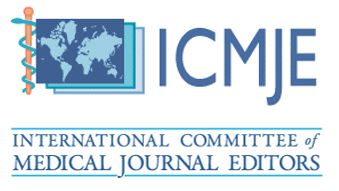LASSO GBR for Lingual Alveolar Ridge Augmentation
This case report describes the use of lingual flap manipulation and release in conjunction with an internal suturestabilized thick long lasting double ribose cross-linked barrier membrane and a tutoplast-derived cortico-cancellous bone allograft for management of lingual alveolar ridge deficiency prior to implant placement. A 42-year-old patient was referred to the University of Florida Center for Advanced Periodontology & Implant Dentistry in March of 2017 for implant consultation regarding a missing left mandibular first molar. The patient had lost the tooth because of decay about ten years prior to presentation. Patient stated that the extraction was very difficult and traumatic. Clinical examination revealed significant horizontal resorption of the lingual aspect of the alveolar ridge with limited amount of keratinized gingiva. CBCT (cone-beam computed tomography) images showed on coronal cross-section views an adequate height but an extensive resorption of the lingual alveolar wall. Periosteal release, lingual flap manipulation, membrane stabilization (LASSO technique) and guided bone regeneration were performed in order to obtain implant site development. Staged surgical approach consisting of guided bone regeneration with lingual flap manipulation and LASSO stabilization of the graft/barrier membrane complex seems to be a viable treatment approach for treatment of lingual alveolar ridge deficiencies.
Keywords: bone graft, bone regeneration, soft tissue scaffold, lasso technique.
Citation: Fred Silva and Rodrigo Neiva . “LASSO GBR for Lingual Alveolar Ridge Augmentation”. SVOA Dentistry 2:1(2021) pages 10-14.











